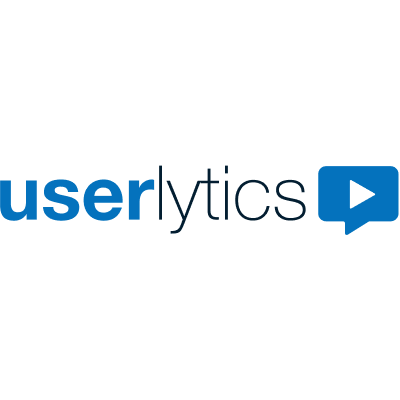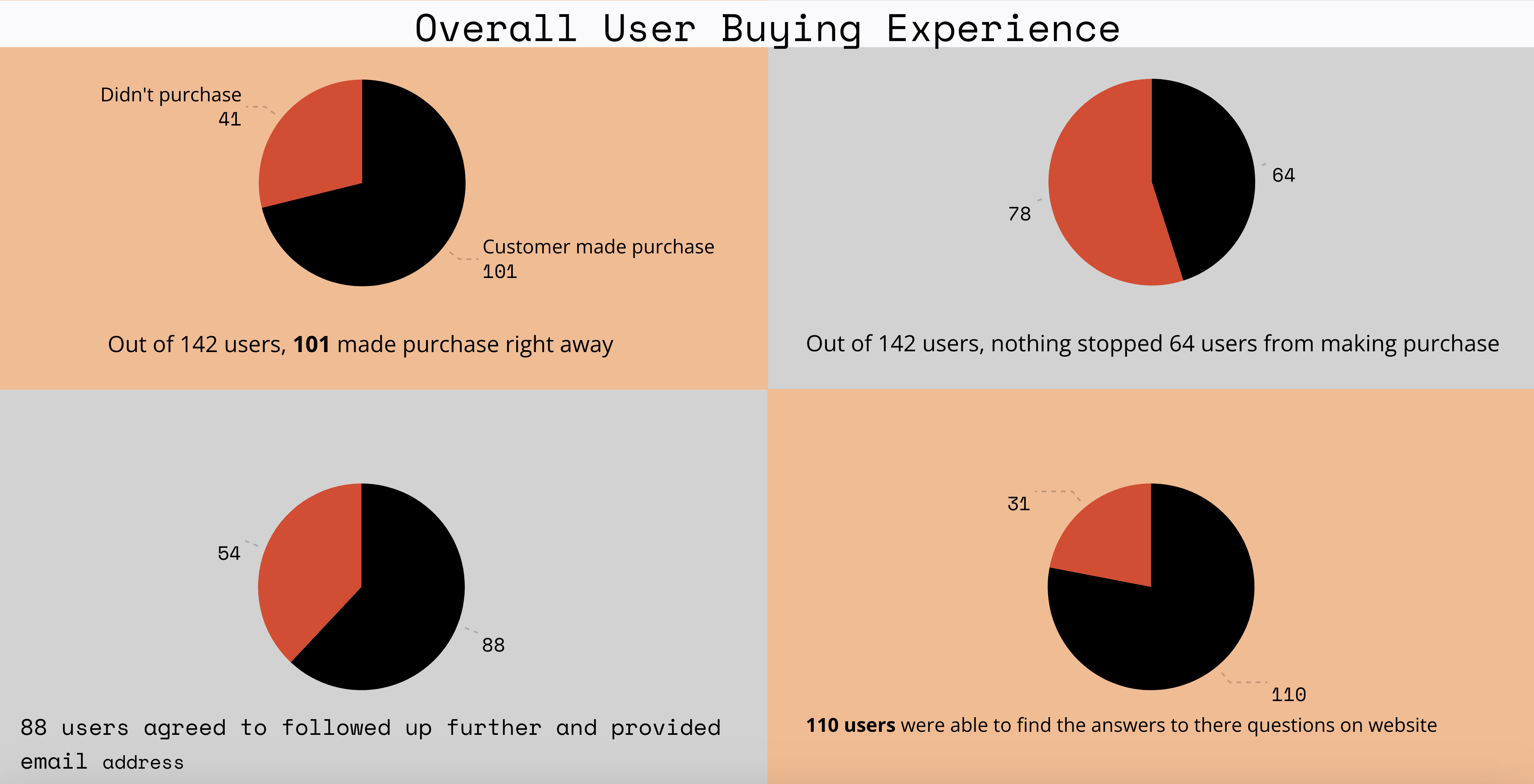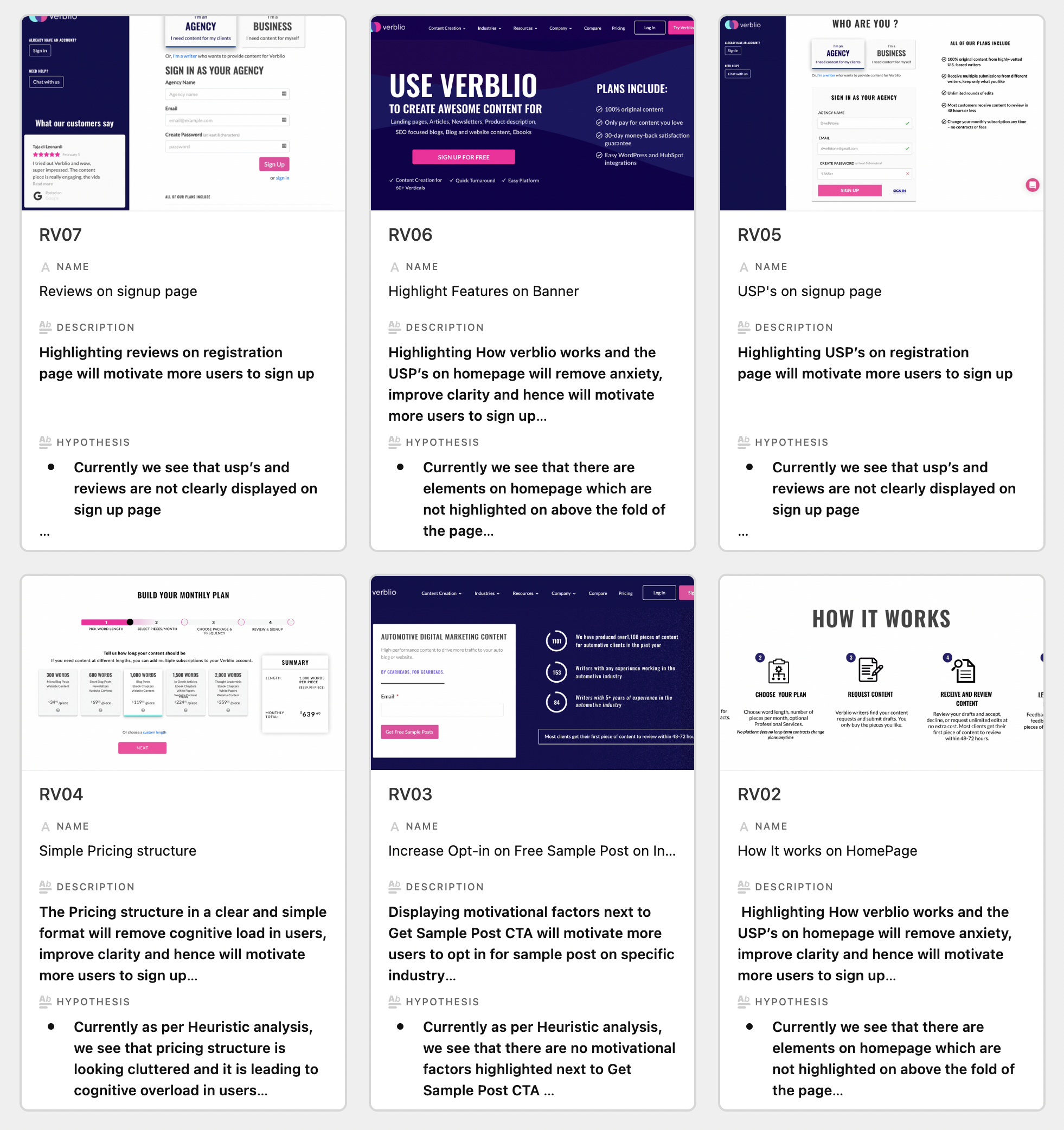Conversion Rate Optimization
Aka “Optimization” as we don’t just look at the conversion rates of our work. Revenue, average order value, # of transactions, MRR, LTV, are all different ways we look at the effect of our work on your business.
( Not bounce rate, we hate that dumbass metric )
What is Conversion Rate Optimization with Rednavel Consulting like?
CRO ( Conversion Rate Optimization ) is listening to the dialogue that is happening between your website and its visitors, making changes as a result and increasing sales.
First you measure , then you optimize.
Most sites aren’t setup for success from a measurement perspective, so we recommend a Measurement Marketing Audit before starting CRO work.
If you want to get somewhere on the map, you first need to know (and trust) where you are currently.

Our favorite tools to get the job done when we work with Businesses







Google Analytics
Convert
Hotjar

ScreamingFrog
Airtable
Userlytics

Math

1.Heuristic Audits
We start with covering what heuristics that we come across on your site that are JDIs ( just do its) that you don’t need to test, you just need to…do it. (backed by research, previous tests we’ve run, databases we have access to others have run, etc ).
Example : Entry pops being used on your site.
Client : “They Work!”
Us: “They there’s an underlying conversion issue with the page – build it into the page.”
These can be really lengthy if you haven’t engaged in CRO before, but very valuable.

Reporting
Lorem Ipsum has been the industry's standard dummy text

Company Growth
Lorem Ipsum has been the industry's standard dummy text
2. Research. All the types…
It’s amazing how many companies focus on one type of research (hint: It’s usually their analytics).
Here are a few others that we always do ( some sooner than others):
- Open ended surveys
- Micro-surveys on the site
- Heatmaps
- Video recordings
- User testing
- Interviewing customers
- Interviewing the sales team who talks with customers
- Chat log mining
- Support ticket mining
- GA and GSC analysis (we’ve built our own tools for this)
- Existing research published online


3. Forming a hypothesis.
Aka, what the hell do you expect to happen here? 🙂
This doesn’t need to be overcomplicated, but you do need to have one. Otherwise, your learnings will be much harder to track over time.
We use online persuasion principles in building our hypothesis that are rooted in psychology.
Heck, all of our team has gone through workshops, courses, and read books from the best psychologies out there.
Great research + specific hypothesis (and goal settings) really sets up a strong test.
4. Testing - Our a/a tests always lose…
So many things can invalidates a test. If you don’t have a detailed QA process for all of your tests, you shouldn’t be testing.
There are also time bounds that come into play when testing, and if you can’t achieve a minimum detectable effect in < 90 days, testing isn’t for you (right now).
A general rule of thumb is 10 conversion per day (can be micro-conversions) is what you’ll need to start testing.
We’ve pretty much used all the tools out there, a choose to pay for a premium tool for many reasons (including preserving your site speed).


5. Learnings
Learnings > winning. At least, early on.
We usually do a lot of both with a site that hasn’t had professional-level CRO done before. We win a lot and learn a lot.
Some optimized sites take longer to win, but boy do we learn a lot rapidly.
This is where Airtable comes in and knowledge is shared company-wide.
Often test are done from the “Marketing” team, but insights aren’t shared ad “company-wide” as they could be – with product, sales, etc.
The company who tests the most wins.
( Note: Did you know Amazon runs 12,000 experiments every year?)
6. ROI - Up and to the right
What would be a testing program without tracking success over time, right?
Well, what would be any Marketing function without tracking the rate of return…
Complicated user journey?
No problem, we write custom code to send events to the dataLayer and/or as first party cookies to store hidden value on forms to be sent to your CRM.
We’ve worked with SaaS sites that have LONG buyers journeys, we get it…







